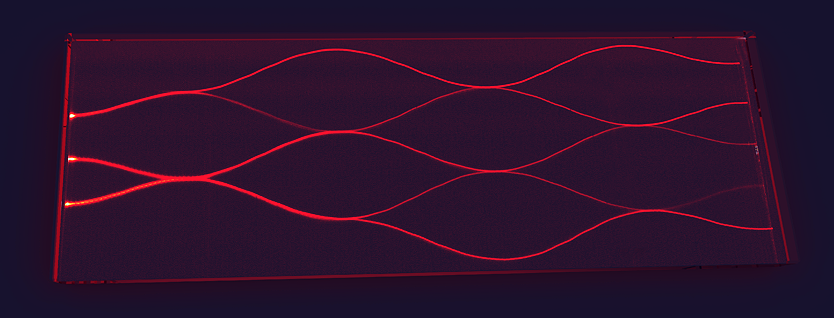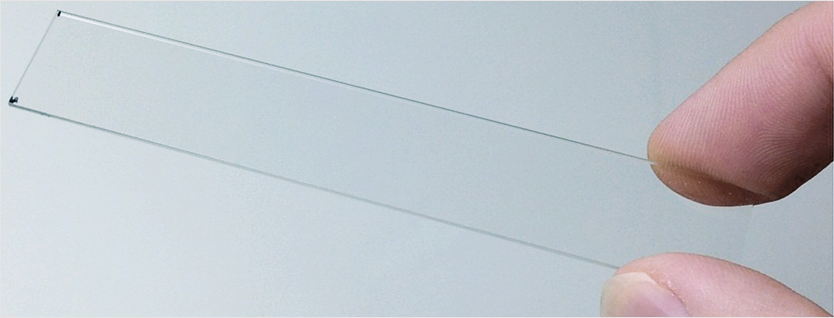Integrated Photonic Quantum Computing


Photonic quantum computers harness unique features of the quantum realm and hold the potential for a dramatic increase in speed over classical computers in a variety of computational tasks. By their fundamental nature, they will be able to solve many “computationally hard” problems that even the most powerful conventional supercomputer would not be able to handle.
Similar to the advent of the integrated electronic circuit, one of the key challenges facing current research quantum computing is the miniaturization of the quantum circuits onto a single chip. Harnessing the capabilities of the femtosecond laser waveguide writing technique [J. Phys. B 43, 163001 (2010)], we devise novel schemes for integrated quantum-optical systems that range from lattices for the manipulation of quantum random walks of indistinguishable and entangled photons in one-dimensional [Phys. Rev. Lett. 110, 150503 (2013)] and two-dimensional setting [Phys. Rev. Lett. 112(14), 143604 (2014)] over the implementation of various quantum gates with one [Sci. Rep. 4, 4118 (2014)] and two qubits [npj Quantum Inf. 4, 13 (2019)], to the implementation of complete quantum computation networks [Nature Photonics 7, 540-544 (2013)].
Recently, we were able to generate so-called W-states on a chip with a record number of 16 entangled channels [Nature Photon. 8, 791 (2014)]. These peculiar quantum states are particularly useful for secure quantum communication protocols and quantum random number generation. We also observed, for the first time in any system, Bloch oscillation of entangled N00N-states [Nature Commun. 6, 8273 (2015)]. Only recently, we were able to demonstrate the implementation of the fractional Fourier-Kravchuk transformation on an optical chip using an analogy to the quantum Jx operator [Nature Commun. 7, 11027 (2016)].
Not long ago, we extended our research also to quantum optical non-hermitian systems with PT-symmetry [Nature Photon. 13, 883 (2019)], which opens radically new opportunities in the implementation of photonic qubits.
